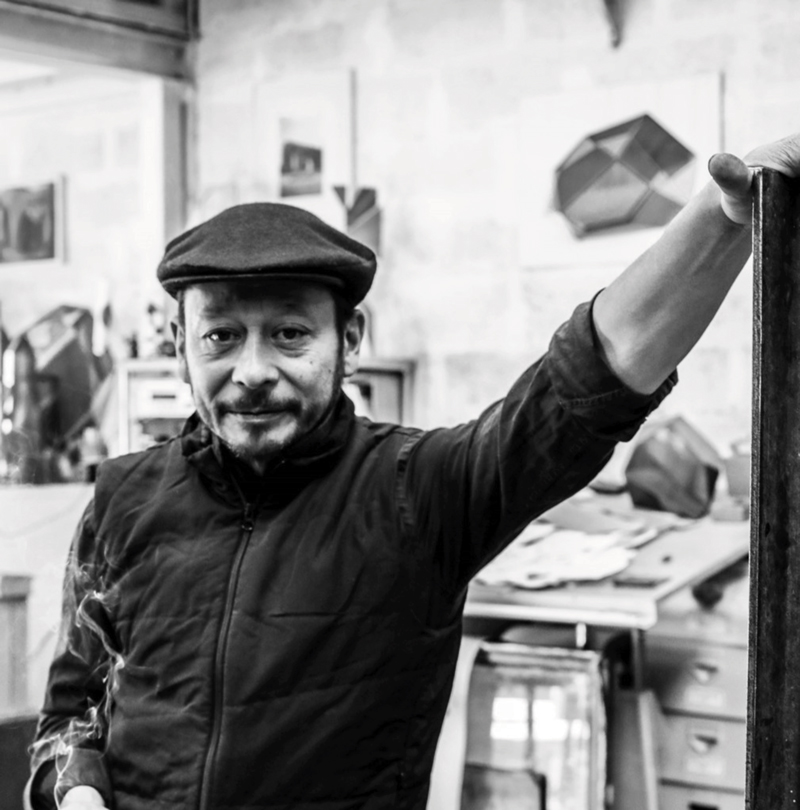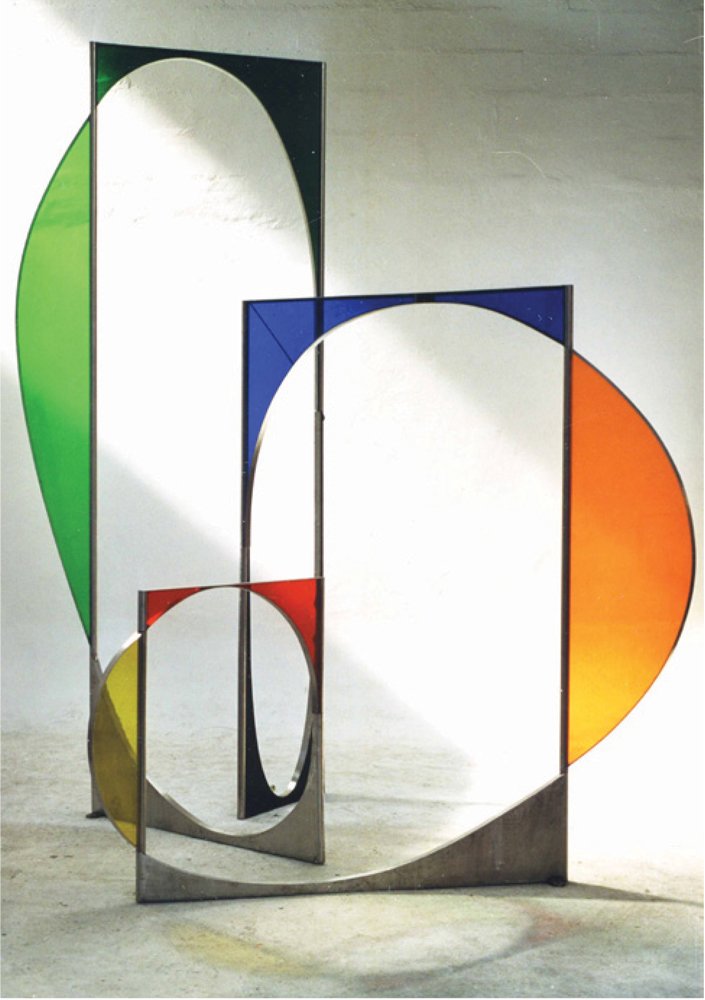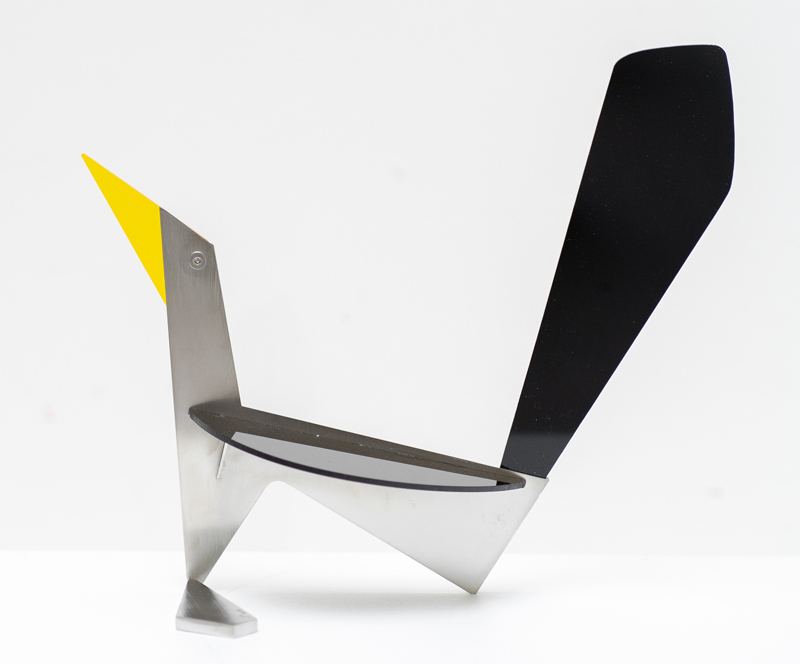
“Sébastien Kito is an artist of withdrawal. Line too, because refined sculpture tends to become a simple vertical or curved line. Rather curved in fact because the world he draws is of the cosmic order. The earth is round, space is curved, the tree is an ellipse. » Claude Mollard
Sébastien Kito
The sculptor Sébastien Kito lives and works in Paris. Born to a French mother, and raised in France, Sébastien Kito showed a desire to explore the culture of his other country, Japan, and conceived an original thought based on this confrontation of his dual origins.
Sébastien Kito first follows in the footsteps of his father Akira Kito, who was one of the most important Japanese artists in Paris after 1945, and of his grandfather and great-grandfather, by studying painting. He was admitted in 1985 to the Ecole Nationale Supérieure des Beaux-Arts in Paris.
Hoping to rediscover the spirit of the Cobra group in which his father had participated in the 1950s, he attended Pierre Alechinsky’s workshop. At the same time, he worked for New Realist artists, notably Raymond Hains, whose assistant he became in 1983. Despite a heavy family heritage and prestigious teachers, Sébastien Kito quickly found his own way, enriched by all these fruitful meetings.

He focuses primarily on the creation of mobile screens hollowed out in their centers, and paintings on cut and articulated supports. This last term is a basis for his thinking and serves as a basis for a second major stage, the design of giant hinges called Extragonds.
Sébastien Kito is currently pursuing an interrogation of form and color through mobile, articulated and hollowed-out sculptures, often carrying anthropomorphic or animal reminiscences. His sculptures provide a playful invitation to join the space occupied by the work or to transform it by moving one of the pieces of the evolving structure.
These particular relationships between the work and space are similar to the Japanese concept of ma, which designates the spatial or temporal interval between two things, as important as the two elements which limit it. It is with the greatest apparent simplicity that Sébastien Kito manages to suggest complex relationships or interactions between sculptures and space, between fullness and emptiness.



